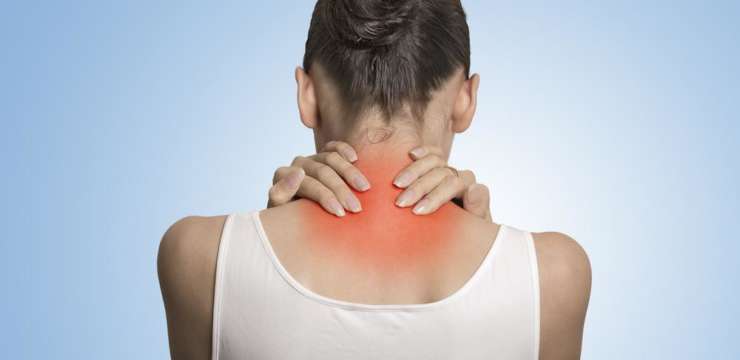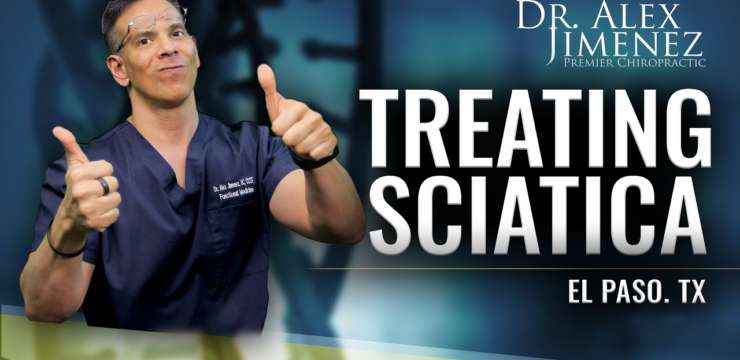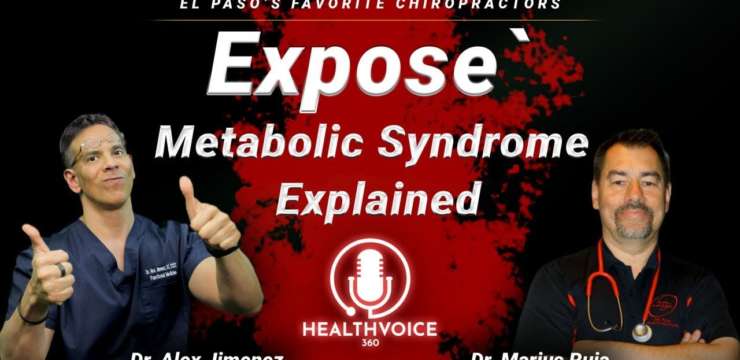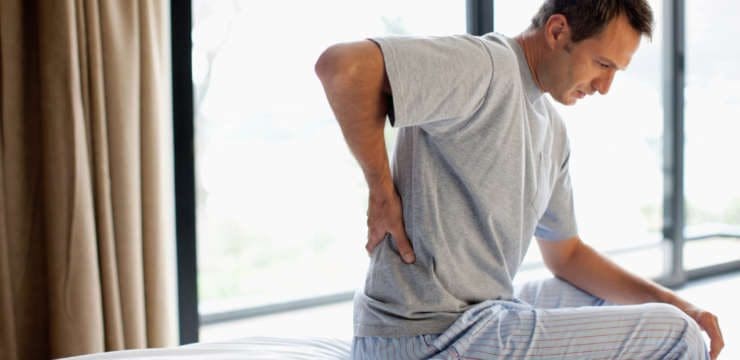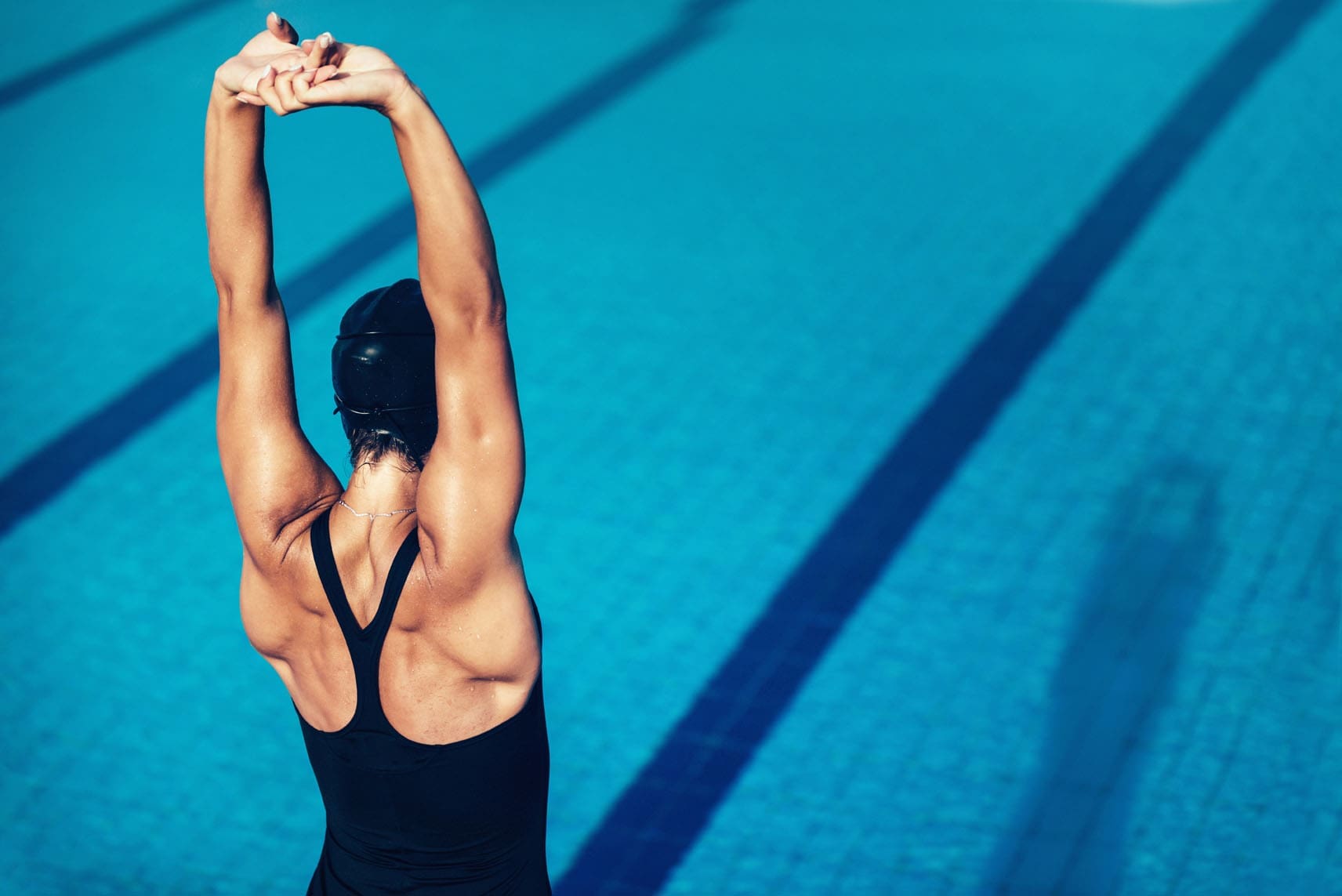
Competitive swimmers, recreational, and swimming enthusiasts who experience pinching and sharp shoulder pain while swimming may suffer from shoulder impingement. Can understanding symptoms can help healthcare providers develop an effective treatment program?

Table of Contents
Swimmer’s Shoulder
Swimmer’s shoulder, medically known as rotator cuff impingement syndrome, is a common injury among swimmers. It can limit swimming ability and normal arm use for functional tasks. It is caused by persistent and abnormal rubbing and pinching of the structures in the shoulder, causing pain and irritation of the shoulder’s rotator cuff tendons and the bursa. The injury affects 40% to 90% of swimmers at some point. (Wanivenhaus F. et al., 2012) Self-care treatment involves rest, anti-inflammatory medication, and exercise to restore normal shoulder mobility. Most cases resolve within a few months, but physical therapy may be needed along with continued exercises and stretches to maintain pain relief.
Anatomy
The shoulder is a complex joint with extreme mobility. It is comprised of three bones:
- The scapula or shoulder blade.
- The clavicle or collar bone.
- The humerus or upper arm bone.
These three bones combine at various places to make up the joint. Several muscles attach to and move the joint. (Kadi R. et al., 2017) The rotator cuff is one group of four muscles deep in the shoulder surrounding the joint. When lifting the arm, these muscles contract to hold the ball in the joint’s socket, allowing the arm to be raised in a fluid and smooth motion. Several ligaments hold the shoulder joint together and connect the various bones of the shoulder, giving the joint stability when moving. (Kadi R. et al., 2017)
Symptoms
Common symptoms include: (Wanivenhaus F. et al., 2012)
- Swelling in the front or top of the shoulder
- Difficulty reaching up overhead
- Shoulder pain
- Shoulder pain when bearing weight through the arm.
- Symptoms tend to be worse during or immediately after swimming.
This is due to the position of the arms and upper extremities while swimming. (Wanivenhaus F. et al., 2012) Reaching overhead and turning the hand inward can cause the rotator cuff tendons or shoulder bursa to become pinched underneath the acromion process of the shoulder blade, similar to the motion that occurs during the crawl or freestyle stroke. When pinching/impingement occurs, the tendons or bursa can become inflamed, leading to pain and difficulty with normal arm use. (Struyf F. et al., 2017) The condition may also occur due to the laxity of the shoulder ligaments. (Wanivenhaus F. et al., 2012) It is theorized that the ligaments in swimmers become stretched and lax, leading to shoulder joint instability. This can cause the shoulder joint to become loose and compress the shoulder structures.
Diagnosis
A clinical examination can diagnose cases of swimmer’s shoulder. (Wanivenhaus F. et al., 2012) The exam can include:
- Palpation
- Strength test
- Specialized tests
One shoulder test that is often used is called Neer’s test. A physician elevates the arm overhead to the maximum degree during this examination. If this results in pain, the rotator cuff tendons may be compressed, and the test is positive. Individuals may begin treatment after the examination, but a doctor may also refer them for diagnostic testing. An X-ray may be taken to examine the bone structures, and an MRI may be used to examine the soft tissue structures, such as the rotator cuff tendons and the bursa.
Treatment
Appropriate treatment of swimmer’s shoulder involves managing pain and inflammation in your shoulder and improving the way your shoulder moves so you avoid pinching structures inside the joint. (Wanivenhaus F. et al., 2012) There are various treatments available and can include:
- Rest
- Physical therapy
- Acupuncture
- Non-surgical decompression
- Targeted exercises and stretches
- Medications
- Injections
- Surgery for serious cases
Physical Therapy
A physical therapist can treat shoulder impingement. They can assess the condition and prescribe treatments and exercises to improve mobility and strength. (Cleveland Clinic, 2023) They may use various treatment modalities to decrease pain and improve circulation to facilitate and expedite healing. Physical therapy treatments can include:
- Ice
- Heat
- Trigger point release
- Joint mobilizations
- Stabilization
- Stretching
- Exercise
- Electrical stimulation
- Ultrasound
- Taping
Medication
Medication may include over-the-counter anti-inflammatory medicine to help decrease pain and inflammation. A physician may prescribe stronger medication to manage inflammation if the condition is severe. While taking medication, the shoulder will need rest, so avoiding swimming or other shoulder movements for a week or two may be necessary.
Injections
Cortisone is a powerful anti-inflammatory medicine. Individuals may benefit from cortisone injections into their shoulders. (Wanivenhaus F. et al., 2012) When injected, cortisone decreases pain, reduces swelling in the rotator cuff and bursa, and improves shoulder mobility.
Surgery
If symptoms are persistent and fail to be alleviated with conservative treatments, surgery may be recommended. An arthroscopic procedure called subacromial decompression may be performed. (Cleveland Clinic, 2023) This type of surgery is done with small incisions, inserting a camera, and tiny tools. During this procedure, inflamed tissue and bone spurs are removed from the underside of the acromion process of the shoulder blade, allowing more space to the shoulder joint. Post-surgery, individuals can gradually return to swimming and all other activities in about eight weeks.
Recovery
Most episodes last about eight to ten weeks, and severe cases last up to three months. (Struyf F. et al., 2017) Often, the symptoms slowly resolve with rest and gentle stretching. As symptoms improve, individuals can slowly return to normal activity and swimming. However, performing prescribed exercises two to three times a week may be necessary to maintain shoulder strength and mobility and help prevent future episodes of shoulder impingement. Individuals experiencing any of these symptoms should visit their physician for an accurate diagnosis of their condition to begin proper treatment. Discuss goals with a healthcare professional and physical therapist.
Sports Injuries Rehabilitation
References
Wanivenhaus, F., Fox, A. J., Chaudhury, S., & Rodeo, S. A. (2012). Epidemiology of injuries and prevention strategies in competitive swimmers. Sports health, 4(3), 246–251. doi.org/10.1177/1941738112442132
Kadi, R., Milants, A., & Shahabpour, M. (2017). Shoulder Anatomy and Normal Variants. Journal of the Belgian Society of Radiology, 101(Suppl 2), 3. doi.org/10.5334/jbr-btr.1467
Struyf, F., Tate, A., Kuppens, K., Feijen, S., & Michener, L. A. (2017). Musculoskeletal dysfunctions associated with swimmers’ shoulder. British journal of sports medicine, 51(10), 775–780. doi.org/10.1136/bjsports-2016-096847
Cleveland Clinic. (2023). Swimmer’s shoulder. my.clevelandclinic.org/health/diseases/17535-swimmers-shoulder
Disclaimers
Professional Scope of Practice *
The information herein on "Swimmer's Shoulder: An In-Depth Guide" is not intended to replace a one-on-one relationship with a qualified health care professional or licensed physician and is not medical advice. We encourage you to make healthcare decisions based on your research and partnership with a qualified healthcare professional.
Blog Information & Scope Discussions
Welcome to El Paso's wellness blog, where Dr. Alex Jimenez, DC, FNP-C, a board-certified Family Practice Nurse Practitioner (FNP-C) and Chiropractor (DC), presents insights on how our team is dedicated to holistic healing and personalized care. Our practice aligns with evidence-based treatment protocols inspired by integrative medicine principles, similar to those found on dralexjimenez.com, focusing on restoring health naturally for patients of all ages.
Our areas of chiropractic practice include Wellness & Nutrition, Chronic Pain, Personal Injury, Auto Accident Care, Work Injuries, Back Injury, Low Back Pain, Neck Pain, Migraine Headaches, Sports Injuries, Severe Sciatica, Scoliosis, Complex Herniated Discs, Fibromyalgia, Chronic Pain, Complex Injuries, Stress Management, Functional Medicine Treatments, and in-scope care protocols.
Our information scope is limited to chiropractic, musculoskeletal, physical medicine, wellness, contributing etiological viscerosomatic disturbances within clinical presentations, associated somato-visceral reflex clinical dynamics, subluxation complexes, sensitive health issues, and functional medicine articles, topics, and discussions.
We provide and present clinical collaboration with specialists from various disciplines. Each specialist is governed by their professional scope of practice and their jurisdiction of licensure. We use functional health & wellness protocols to treat and support care for the injuries or disorders of the musculoskeletal system.
Our videos, posts, topics, subjects, and insights cover clinical matters, issues, and topics that relate to and directly or indirectly support our clinical scope of practice.*
Our office has reasonably attempted to provide supportive citations and has identified the relevant research studies or studies supporting our posts. We provide copies of supporting research studies available to regulatory boards and the public upon request.
We understand that we cover matters that require an additional explanation of how they may assist in a particular care plan or treatment protocol; therefore, to discuss the subject matter above further, please feel free to ask Dr. Alex Jimenez, DC, APRN, FNP-BC, or contact us at 915-850-0900.
We are here to help you and your family.
Blessings
Dr. Alex Jimenez DC, MSACP, APRN, FNP-BC*, CCST, IFMCP, CFMP, ATN
email: coach@elpasofunctionalmedicine.com
Licensed as a Doctor of Chiropractic (DC) in Texas & New Mexico*
Texas DC License # TX5807
New Mexico DC License # NM-DC2182
Licensed as a Registered Nurse (RN*) in Texas & Multistate
Texas RN License # 1191402
ANCC FNP-BC: Board Certified Nurse Practitioner*
Compact Status: Multi-State License: Authorized to Practice in 40 States*
Graduate with Honors: ICHS: MSN-FNP (Family Nurse Practitioner Program)
Degree Granted. Master's in Family Practice MSN Diploma (Cum Laude)
Dr. Alex Jimenez, DC, APRN, FNP-BC*, CFMP, IFMCP, ATN, CCST
My Digital Business Card


